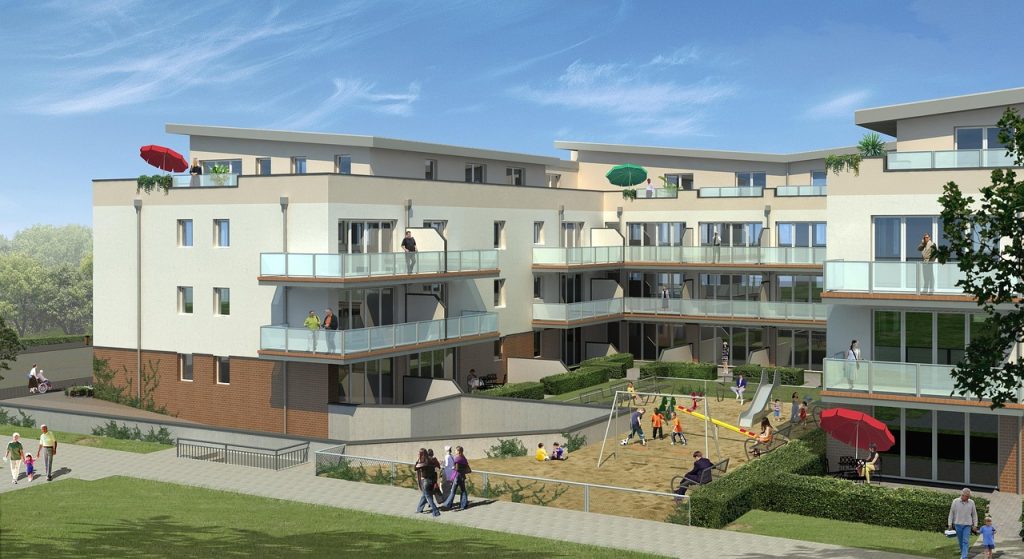
A beginner-friendly guide for choosing your real estate investment path
If you’re thinking about getting into real estate investing, one of the first big decisions you’ll face is whether to invest in single-family homes or multi-family properties. Both paths offer great opportunities to build wealth—but they come with very different experiences, responsibilities, and risk profiles.
So, which one is right for you? Let’s walk through the differences and help you decide based on your goals, lifestyle, and investment strategy.
What’s the Difference?
Let’s start with the basics:
- Single-family homes are standalone residential properties designed for one household.
- Multi-family properties are buildings with two or more rental units (think duplexes, triplexes, or apartment buildings).
While both types generate rental income, the scale, management, and financial performance can vary significantly.
1. Entry Cost and Financing
- Single-family:
Typically, these are easier to finance, especially for first-time investors. Loan options are more accessible, and down payments may be lower (especially for owner-occupants using FHA loans). - Multi-family:
Duplexes and triplexes can still qualify for residential financing, but anything over four units usually requires a commercial loan—with stricter requirements, higher down payments, and detailed income analysis.
As Gus Grimstad points out, “Multi-family financing is more complex, but lenders love the built-in cash flow. The numbers speak louder than credit scores.”
2. Rental Income Potential
- Single-family:
One tenant = one rent check. If that tenant moves out, your income drops to zero until you fill the vacancy. - Multi-family:
Multiple units mean multiple income streams. Even if one tenant leaves, the others continue paying, helping to cover your mortgage and expenses.
This built-in diversification makes multi-family attractive to investors focused on cash flow and stability.
3. Property Management
- Single-family:
Easier to self-manage, especially if you live nearby. Less tenant volume means fewer issues day to day. - Multi-family:
More tenants, more maintenance, more responsibilities. Many owners choose to hire a professional property manager to keep things running smoothly.
According to Gus Grimstad, “Multi-family buildings function more like a business. Bringing in a property manager isn’t a luxury—it’s often a necessity.”
4. Vacancy and Turnover
- Single-family:
Vacancy hits hard when there’s only one unit. You’ll also face turnover costs every time a tenant leaves—repairs, cleaning, advertising, and time lost. - Multi-family:
Even if one unit is vacant, others can keep generating income. This helps smooth out income fluctuations and makes your investment more resilient.
5. Maintenance and Repairs
- Single-family:
Repairs are usually simpler and less frequent. You’re only maintaining one unit, which makes budgeting more predictable. - Multi-family:
Shared systems (like plumbing, roofing, and HVAC) can lead to larger repair bills. On the upside, maintenance across units can be more efficient—one plumber visit could address three apartments instead of just one.
6. Tenant Demographics
- Single-family:
Often attracts families or long-term tenants who value stability and may stay for years. This can lead to less turnover and more consistent cash flow. - Multi-family:
Tenants may be more transient, especially in larger buildings or urban areas. Turnover might be more frequent, but demand can also be stronger in areas with tight rental markets.
As Gus Grimstad says, “Multi-family attracts a wide range of renters. Managing that mix well is key to keeping your building full.”
7. Appreciation and Resale
- Single-family:
Tends to appreciate based on local housing market trends. These properties are often easier to sell since the pool of potential buyers includes both investors and homeowners. - Multi-family:
Value is largely driven by income. If the property’s net operating income (NOI) increases, its value does too—regardless of the residential real estate market.
For investors looking to build equity through improvements and rent increases, this is a major plus.
8. Lifestyle Fit
- Single-family:
Easier for hands-off investors, especially if you’re starting small or want minimal involvement. Great for those with a full-time job or a busy schedule. - Multi-family:
Demands more time and systems—either from you or a professional manager. But with more units under one roof, you can scale faster than buying multiple single-family homes.
As Gus Grimstad notes, “Multi-family isn’t just more doors—it’s a different mindset. You’re running a small operation, not just managing a property.”
So… Which Is Right for You?
Here’s a quick way to think about it:
| Your Priority | Best Fit |
| Lower upfront cost | Single-Family |
| Stronger cash flow | Multi-Family |
| Easier to manage | Single-Family |
| Room to scale fast | Multi-Family |
| Simple exit strategy | Single-Family |
| Value via income | Multi-Family |
Final Thoughts
Both single-family and multi-family investments can be profitable, depending on your goals. If you’re looking for a low-maintenance entry point into real estate, a single-family home might be the best place to start. But if you’re serious about building long-term income and scaling up your portfolio, multi-family properties offer powerful advantages.
Whichever path you choose, success starts with research, preparation, and a clear understanding of your responsibilities. And if you go the multi-family route, don’t hesitate to bring in support.
As Gus Grimstad puts it, “You don’t have to do everything yourself. The right help—especially with management—can make all the difference.”